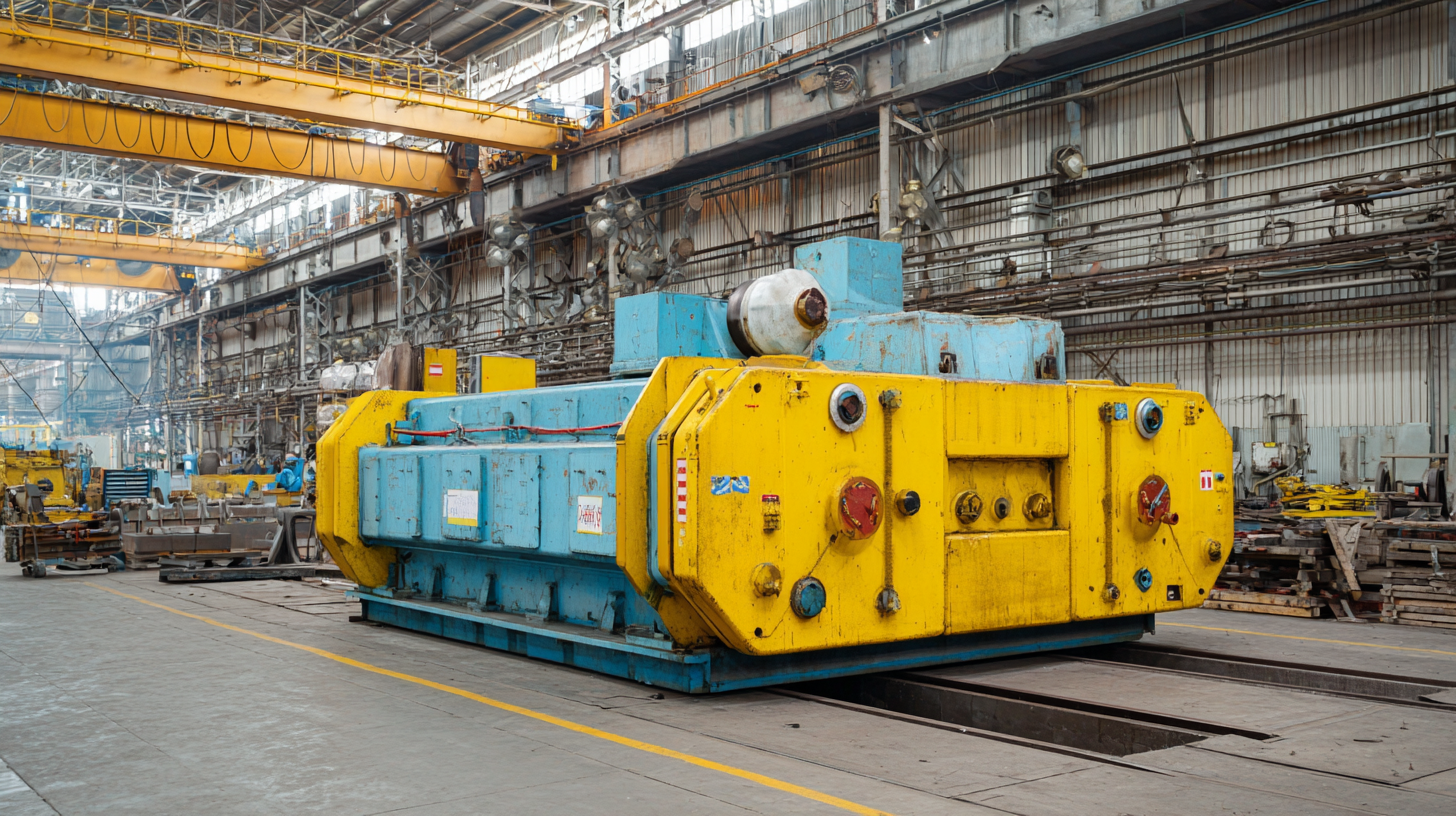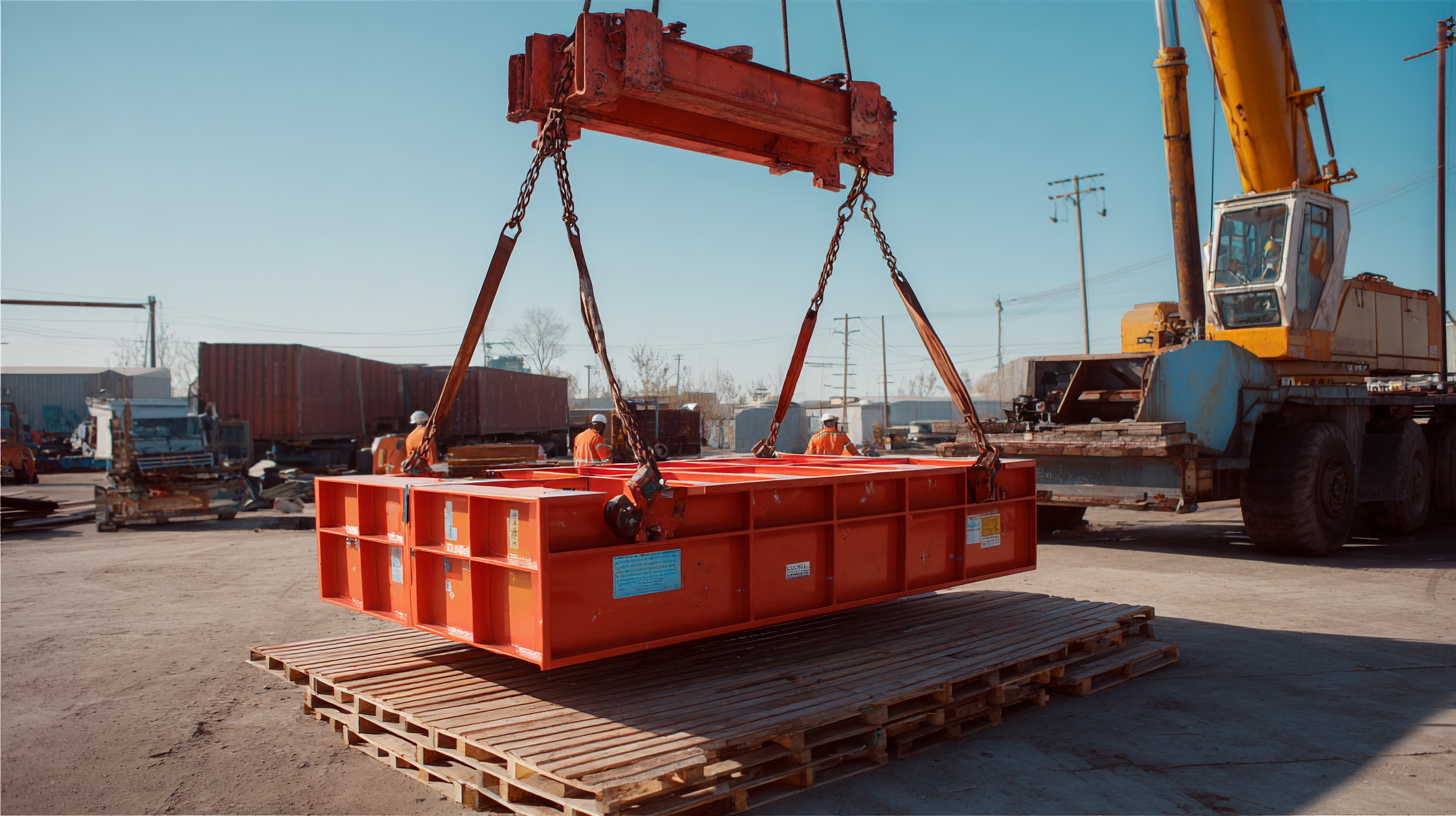How to Choose the Right Lift Magnet for Your Industrial Needs
In the world of industrial manufacturing and material handling, the correct selection of a lift magnet can significantly impact operational efficiency and safety. According to a recent report by the International Journal of Advanced Manufacturing Technology, properly chosen lift magnets can increase productivity by up to 25% while reducing the risk of workplace accidents by 30%. As industries evolve, the demand for high-performance lift magnets tailored to specific applications grows, driven by factors such as material specifications, weight capacities, and environmental conditions. Whether lifting steel plates in a fabrication shop or handling heavy loads in a warehouse, understanding the diverse types of lift magnets and their respective features is crucial for optimizing industrial operations.
In this guide, we delve into essential considerations to ensure the right lift magnet choice aligns with your operational needs, thereby enhancing your industrial efficiency and safety.
Understanding Different Types of Lift Magnets Available in the Market
When selecting the right lift magnet for industrial applications, it's essential to understand the different types available in the market. Lift magnets are primarily categorized into permanent magnets and electromagnets, each with its specific advantages and applications. Permanents magnets are known for their reliability and are ideal for applications requiring a constant lifting force without the need for a power source. In contrast, electromagnets can provide adjustable lifting strength, making them suitable for tasks that involve varying loads.
Recent trends indicate strong growth in the permanent magnet market, projected to reach USD 88.51 billion by 2030, driven by rising demand across various sectors. This demand, however, faces challenges from supply chain disruptions, particularly due to recent Chinese export controls on critical minerals utilized in magnet production. Industries must navigate these complexities while choosing lift magnets that not only meet their operational needs but also ensure a sustainable supply chain. Understanding these factors will aid in making informed decisions when selecting the right lift magnet for specific industrial requirements.
Key Factors to Consider When Selecting Lift Magnets for Your Applications
When selecting lift magnets for industrial applications, several key factors must be considered to ensure optimal performance and safety. First and foremost, the weight capacity of the magnet is crucial. It should be rated sufficiently to handle the maximum load you intend to lift. For instance, different materials, such as steel or iron, may require different magnet strengths to achieve effective gripping. Additionally, evaluating the surface condition of the materials being lifted is essential; irregular or dirty surfaces can significantly impact the magnet's holding power.
Another vital factor is the type of lift magnet. There are permanent magnets and electromagnetic options, each suited for different applications. Permanent magnets are generally more resistant to power failure, while electromagnets offer flexibility with adjustable holding strength. In environments where lifting height, angle, or frequency of use changes, it is important to assess the specific operational needs to determine the appropriate type. Finally, safety features, such as overload protection and easy-release mechanisms, should be prioritized to ensure not only the efficiency of operations but also the safety of workers involved in the lifting process.

Assessing Load Capacity and Safety Ratings of Lift Magnets
When selecting a lift magnet for industrial applications, assessing load capacity and safety ratings is crucial. According to a report by the Lift Magnets Manufacturers Association (LMMA), the load capacity of a magnet should ideally be 3 to 5 times the weight of the heaviest item intended for lifting. This safety margin ensures not only that the lift magnet can handle the load effectively but also that it performs reliably under varying conditions. For instance, the LMMA highlights that magnets rated for 1000 kg should be used for loads not exceeding 200-300 kg in real-world scenarios, particularly when accounting for factors such as surface flatness and material thickness.

Moreover, safety ratings are equally important and often dictated by national and international regulatory standards such as ANSI/ASME B30.20 for below-the-hook lifting devices. The standards emphasize the testing and certification of lift magnets' holding power under dynamic conditions to prevent accidents. A study published in the "Journal of Materials Handling" noted that magnets with a verified safety factor of at least 5.0 reduce the risk of failures during operation. In essence, thorough evaluation of these parameters not only ensures efficient lifting operations but also enhances workplace safety, a critical concern in industrial environments.
Evaluating the Surface Type for Optimal Magnet Performance
When choosing the right lift magnet for industrial applications, it is essential to evaluate the surface type to ensure optimal performance. Different surfaces can significantly affect the adhesion and lifting capabilities of a magnet. Smooth surfaces, for instance, may enhance contact and allow for a more efficient magnetic hold, while rough or contaminated surfaces could lead to reduced effectiveness. Understanding the specific surface characteristics where the magnet will be utilized is crucial for making an informed selection.
Recent advancements in magnetic technologies highlight the importance of optimizing materials for improved functionality. For example, studies on metal-organic frameworks (MOFs) and their magnetic composites indicate a promising direction for enhancing pollutant removal through better adsorption techniques. By investigating how various surface types interact with magnetic materials, researchers are uncovering insights that can influence the design of lift magnets. This attention to surface optimization and material efficacy not only enhances magnet performance but also broadens the applicability of these tools in diverse industrial settings.
Maintenance Tips to Ensure Longevity of Your Lift Magnets
Proper maintenance is crucial for ensuring the longevity of lift magnets in industrial settings. Regular inspections should be conducted to check for signs of wear and tear, such as cracks or corrosion on the magnet's surface. Keeping the magnets clean is essential; dust and debris can interfere with their magnetic power. Using a soft cloth or a non-abrasive cleaner ensures that the surface remains intact without damaging the magnet's coating.
In addition to regular cleaning, it is important to store lift magnets properly when not in use. They should be kept in a dry environment to prevent moisture-related damage, and should be securely stored in a manner that avoids unnecessary contact with other metal objects that could cause demagnetization. Furthermore, operators should be trained in proper handling techniques to avoid dropping or mishandling the magnets, which can significantly reduce their lifespan.
By following these maintenance tips, businesses can maximize the efficiency and durability of their lift magnets, ultimately saving time and costs associated with replacements.
